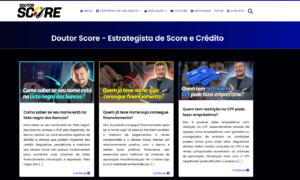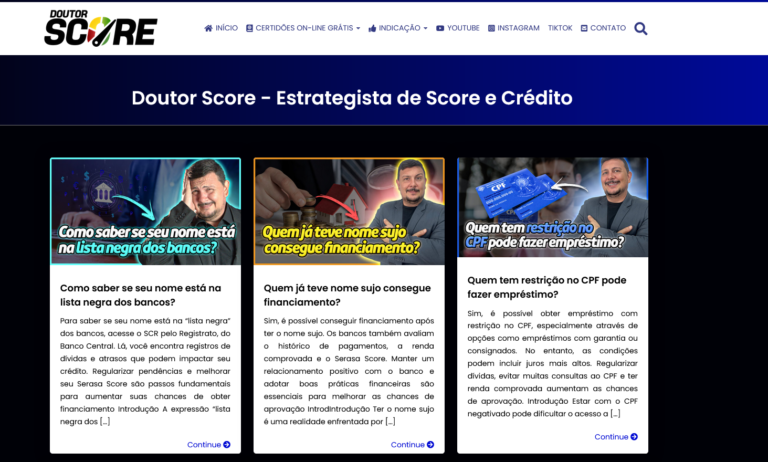The Ethical Minefield of Fake Imagery: Navigating a Digital Dilemma
The digital revolution has fundamentally altered how we present and engage with visuals. With powerful tools like Photoshop and cutting-edge technologies like Deepfakes, discerning reality from fabrication becomes increasingly challenging. In this new landscape, the use of “fake imagery” is rapidly expanding, creating a complex web of ethical concerns. Let’s delve deeper into this critical topic:
1. Erosion of Truth: Fake imagery can sow confusion and erode trust in truth. Photoshopped images on social media promote unrealistic beauty standards, while Deepfakes in political campaigns can mislead the public. When we believe a fabricated image, the revelation of its falsehood can be deeply detrimental to trust and societal cohesion.
2. Invasion of Privacy: Manipulating someone’s image without their consent is ethically wrong. Deepfake technology can be used to defame, blackmail, or damage individuals’ reputations. The ease of executing such acts with advancing technology is concerning.
3. Manipulation and Propaganda: Fake imagery can be used to manipulate public opinion in fields like advertising, marketing, and politics. Fabricated visuals can deliberately trigger emotions and sway minds. This can have serious implications for democracy and decision-making processes.

4. Artistic Expression and Creativity: Alternatively, fake imagery can be a new tool for artistic expression. It can tell stories, evoke emotions, and convey messages. The question arises – where does creative exploration end and ethical boundaries begin?
5. Solutions and Accountability: Addressing the ethical complexities of fake imagery requires a multifaceted approach. News outlets and social media platforms need to take steps to identify and prevent the spread of fabricated visuals. Public education on critical viewing and fact-checking is crucial. Governments should enact legislation that curbs digital deception and protects victims.
Navigating the ethical minefield of fake imagery demands addressing these intricate questions. To uphold principles of truth, privacy, freedom, and creative expression, we require a framework that prevents technological misuse and harnesses its potential for positive change. This necessitates joint efforts from tech experts, policymakers, media, and the public.





